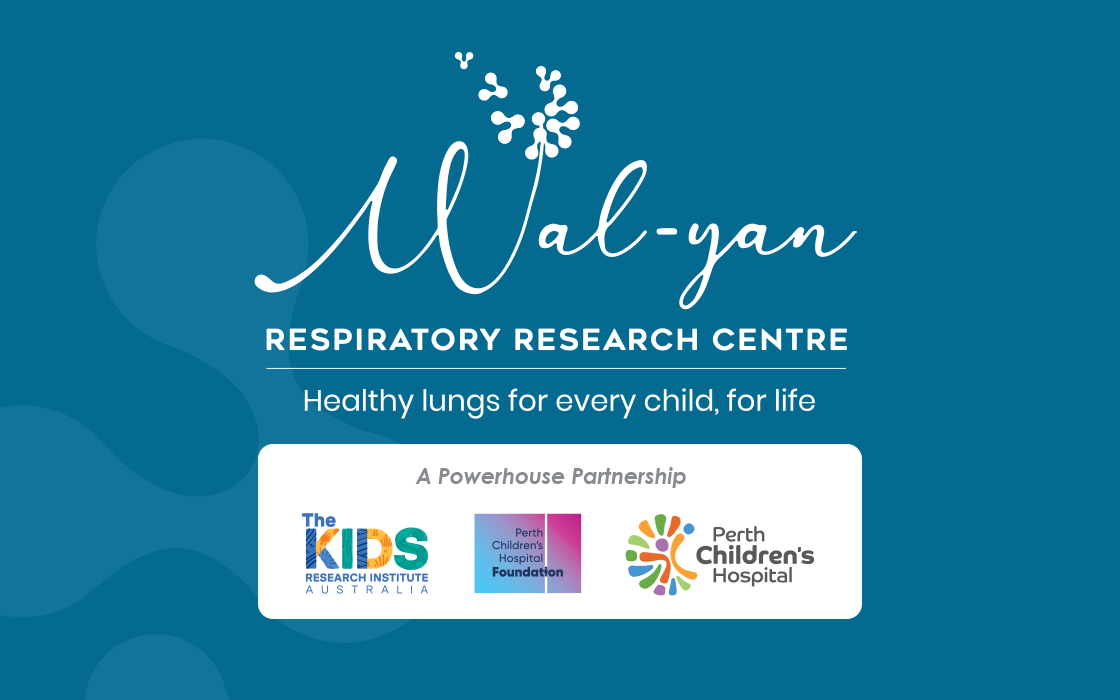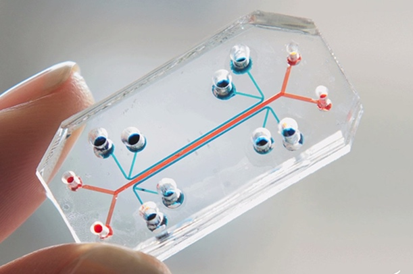Search

Learn with The Kids – suitable for kids and schools

Discover resources and science activities for kids for the topic 'Wellbeing and Happiness'.

News & Events
Our popular workshops are back these school holidaysOur popular workshops for kids are back these school holidays and we have a jam-packed program full of fun and engaging science activities!

While the Discovery Centre is free to use, we do appreciate all donations no matter how small they are. This will ensure that it remains free in the future.
The Sore Throat Study is looking for healthy children and young people to take part in a new study investigating sore throats, also known as pharyngitis, and how best to prevent them.

The Respiratory Physiology Platform at the Wal-yan Respiratory Research Centre offers access to specialist equipment housed within the outpatient research department at Perth Children’s Hospital, dedicated for research use.

The Kids Research Institute Australia, Perth Children’s Hospital Foundation and Perth Children’s Hospital have formed a strategic partnership to support the establishment and operation of the Wal-yan Respiratory Research Centre.

On average, a person can expect to take more than 700 million breaths in their lifetime.

Cystic fibrosis (CF) is the most common life‐shortening genetic disease affecting children.

Respiratory disease is a global issue and international networks are critical to informing best-practice approaches to the clinical care and management of childhood respiratory health.
